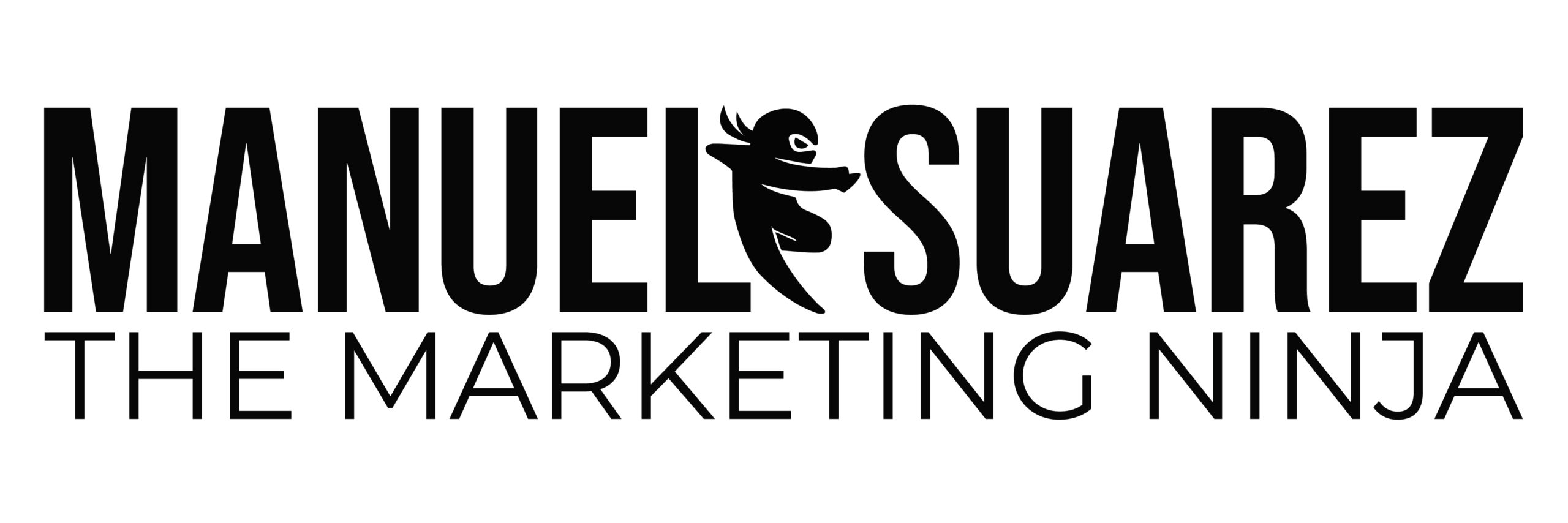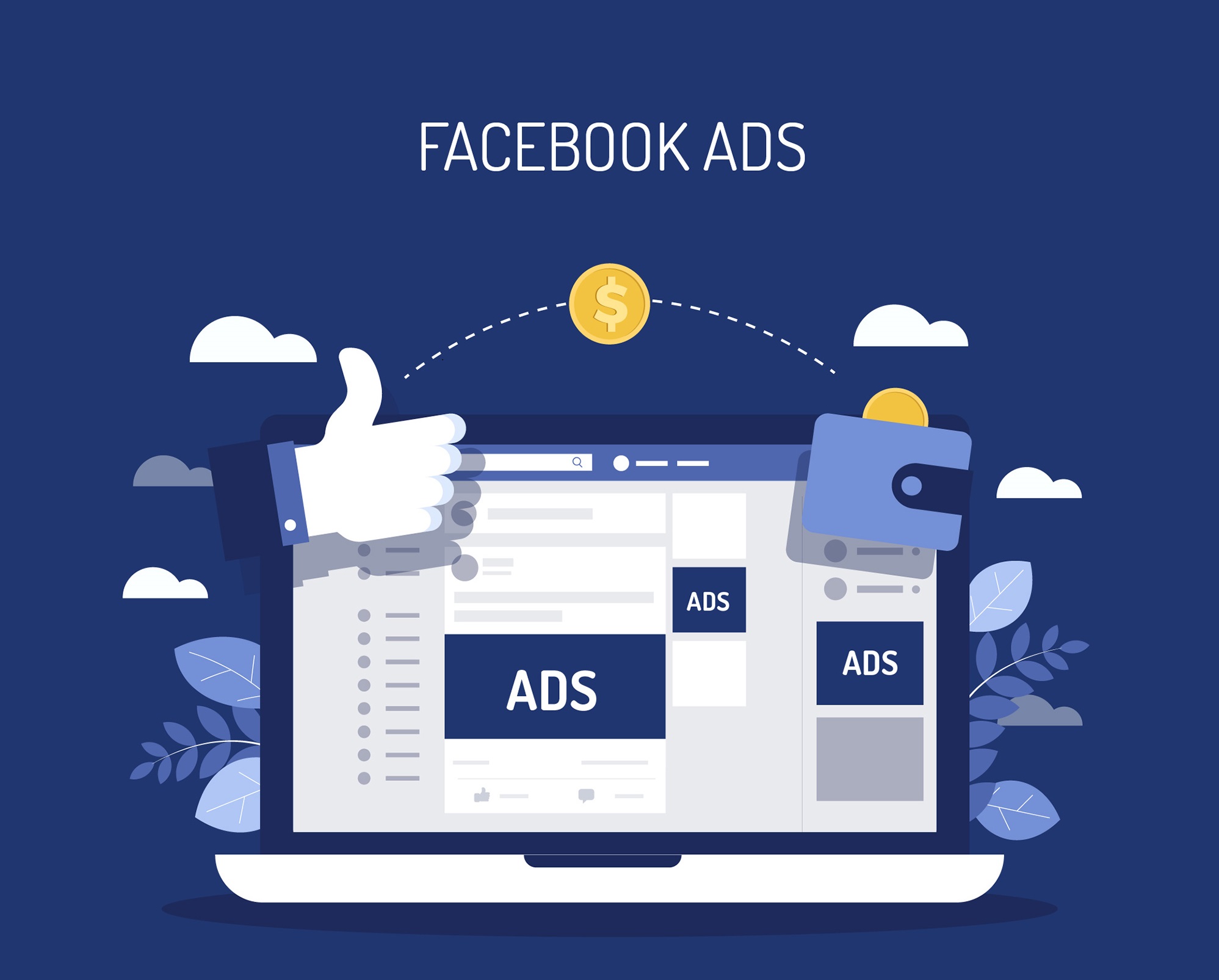DESCRIPCIÓN DEL PODCAST
Facebook tries hard to protect users’ experiences. One way they protect them is by PENALIZING you with a higher cost of advertising when the creative is not liked by your audience.
They also REWARD you with a much lower cost of advertising when your creative is being liked. It’s a beautiful system that pushes you to consistently work on improving your CREATIVES.
In the long run, it’s a win-win situation for both your brand and Facebook. You’ll get more customers at a lower cost and Facebook will keep more people on their platform for a longer period of time.
Enjoy the podcast!
ARCHIVO DEL PODCAST
Your Facebook Ad Quality Directly Impacts Your Ad Cost
De clic aquí para descargar este Podcast >>
DESCRIPCIÓN DEL PODCAST
Hey guys, how’s it going? I’m Jimmy, the Associate Creative Director for Manuel here at AGM and welcome back to the Facebook Marketing Ninja podcast.
A warm welcome to our new listeners. Go ahead and hit subscribe to catch the latest and greatest social marketing tips and tricks.
Facebook tries hard to protect user’s experiences. One way they protect them is by penalizing you with a higher cost of advertising when the creative is not liked by your audience.
They also reward you with a much lower cost of advertising when your creative is being liked. It’s a beautiful system that pushes you to consistently work on improving your creatives.
In the long run, it’s a win-win situation for both your brand and Facebook. You’ll get more customers at a lower cost and Facebook will keep more people on their platform for a longer period of time.
So listen in on how your Facebook ad quality directly impacts your ad cost. Check it out!
How Does Facebook Charge for Ads?
I want to talk about something that is really, really, really important to understand. And that is, how does Facebook determine what to charge you as an advertiser for displaying your message? This is a very, very big area of misunderstanding.
Why is this so confusing?
Because no other platform has ever done it this way. That’s first and foremost the reason.
They call it an Auction. That’s what Facebook calls it. They’re doing an auction between you and other advertisers in a competition to win out a particular space on a newsfeed of somebody else. That’s the way it works.
But it’s not a regular auction.
What is an auction?
Well, if somebody goes to buy a house that’s on foreclosure, and there’s a bunch of other people there looking to buy that house, well, the bank is actually going to auction out that house.
And they’re going to say like, “Okay, well we’re starting at a hundred thousand dollars”, and then from there, somebody bids $100,000, $150,000, $200,000, and then maybe the highest number wins out at the end once they get to the account of like 10, and then they say, “Okay sold” right?”
That’s the way traditional auctions work.
The Facebook Auction is dramatically different. Why?
Because it’s meant to protect the user experience.
The purpose of the Facebook Auction is not to actually give the power to the advertiser that bids the highest number in dollars, but it’s actually to give the power to the advertiser that produces the most relevance, most relevant, and highest quality content.
Why am I putting this right here? Because I want you guys to understand how this works. Because when you have a higher price, you’re paying higher prices on your ads than maybe what you’re used to.
Or when you have something that is not accomplishing the results that you’re expecting, you’ve got to realize that Facebook doesn’t want to give you that power and it’s a signal that they’re giving you.
It’s one of two factors, and that’s it.
There are many factors inside those two, but basically when you have a price that is too high for the action that you’re trying to accomplish, whether it is a website click or a video view, or an actual conversion, a purchase, a lead generation, a store visit.
Whatever it is that you’re looking for, whatever you’re trying to accomplish,
when the price gets too high, Facebook is telling you that
you have to fix one of two things.
It’s either going to be the audience that needs to be fixed. Why? Because the relevancy is not hitting the point when it comes to actually finding your right audience.
You selected an audience that is not interested in your content. It’s like you have a gluten-free item. And it’s a pizza that’s gluten-free and it’s super high quality. It’s more expensive.
And then you have a gluten-free restaurant in which you sell this particular product and you are promoting to people that don’t give a crap about their health. They don’t care about it, they’re eating, you know. Maybe they’re drinking sodas, maybe they’re actually eating candies, they are buying Domino’s pizzas and Pizza Hut pizzas all the time.
So if you start marketing to them, they’re going to walk in there and they’re going to say like, “Wait a second. This is not relevant to me because I’m into regular pizzas. I want to pay $9.95 For a regular pizza. Like the ones that I get on Domino’s pizza. Why are you charging me $18.97?”
Well, because the reality is that those pizzas were
not meant for them.
That’s a higher quality item. It’s different. It’s for a health-oriented individual that wants to make sure that they’re actually eating healthy, the ones who protect their bodies.
So if you have the wrong audience, well,
the relevancy is going to be really low.
The quality of your ad does not even going to matter at all, because no matter how good the quality is, if your relevancy is low, people, they’re not interested in it, then the actual price of distributing that message is going to be too high.
Now, why is it higher?
Well, think about it on Facebook’s end. If you were the one actually promoting the actual services of Facebook.
They want to actually make sure that they keep people on the platform.
If Facebook doesn’t protect the user experience, if they allow advertisers to continuously target the wrong people, people are going to jump off the ship, because they don’t want to be on Facebook and be targeted by things that they’re not interested in.
I don’t want to be targeted by weight loss products, I don’t want to be targeted by hair growth products, I don’t want to be targeted by toy companies.
If I start seeing a lot of that, I would jump right off of Facebook immediately. Instead of that, they provide better targeting capabilities for us to put our message in front of the right people.
For example:
I get targeted. Marketers, you guys are surprised. Would you guys be surprised if I tell you that all I see on my newsfeed is people offering marketing services, marketing software, marketing information? Because that’s where my passion is at. I’m into marketing.
So, Facebook already knows that and they know that if they put anything else on my feed, I’m not going to respond to it.
Advertiser relevance is huge. You got to find the right audience.
And sometimes it could be dramatically different from one audience to another audience.
So how does the formula work?
There are three specific elements to the Facebook Auction Formula.
1. The Advertiser Bid
The first, the first relevancy factor, the first particular element is what they call the Advertiser Bid. The advertiser bid is basically what you, as an advertiser, are willing to bid for that particular result.
¿Qué significa esto?
Let’s say that I’m running a video views campaign. I can say to Facebook, “Facebook, I don’t want to pay more than 3 cents for every individual that sees my video. That is your bid.
Let’s say that you’re running a conversions campaign and you want to generate purchases in your shop. You can say to Facebook, I don’t want to pay more than $5 for every single purchase, because I understand that if I pay more than $5, I’m already losing money. So you can set your own bid and Facebook will not go over that.
The Auto/Lowest Cost Bid
They have something else that Facebook calls the Auto Bid. Right now they changed that. It’s not called Auto Bid anymore. It’s called Lowest Cost.
The Lowest Cost is basically you’re allowing Facebook to find the best possible cost for your particular results. They’re not going to actually give you an exact number, they’re going to go after based on supply and demand and give you the best possible result.
If you don’t want to go that route, you can set a cap to it, meaning this is the maximum that I’m willing to pay for that result.
So you have the control, either manually or Facebook has the control and you set it on automatic. But the Advertiser Bid is the first element when it comes to the Facebook Auction Formula.
2. The Estimated Action Rates
The second, the second and very important element here is what Facebook calls the estimated auction. I’m sorry, the Estimated Action Rates.
I know there are two very similar words, action, and auction. This is the Estimated Action Rate.
¿Qué significa esto?
Facebook uses their algorithm, their system, their technology, to find out and predict intelligently how they think that you as a user will interact with that message. Let me give you some examples. For example, if they’re going to look at the recent activity on your ad, they’re also going to look at the characteristics of each user.
In the case of the example that I was giving you, on the subject that I’m a marketer, if somebody, let’s say, for example, Gary Vaynerchuk, a big marketer, or let’s say, for example, Russell Brunson, another big marketer with a ClickFunnels company. If they actually want to target me, they’re going to tell Facebook, “Hey, I want to reach people between the ages of, I don’t know, 27 and 40 years old that are interested in the subject of marketing.”
Immediately,
Facebook knows that I go into that bag, that pocket of people that have a very high likelihood of engaging with that ad. So I am part of their estimated action rate.
Based on that, they actually start charging the actual advertiser. So it’s basically… What do we get? The estimated… The actual bid that the advertiser is doing times the estimated action rate.
Okay. I know this could be a little bit mathematical. I’m not a big math guy myself, but I just want to get you to understand the basics of it.
And then, there’s another factor that adds into the equation as soon as you actually start running the ads, and that’s what they call:
Relevancy and Quality.
How relevant your ads are for people?
How much do they share it? How much do they comment? Do they like it? How much do they actually tag people on it?
You know, they go ahead and they actually like to engage with your ad in any way, shape, or form. That gives Facebook some big and awesome messages that your ad is really, really, really relevant for it.
For example, if you have a hundred thousand people that you’re targeting and you put the ad out there, and nobody comments, nobody likes it, there’s no engagement, you can be sure that
it’s going to cost you a lot of money to distribute that ad.
¿POR QUÉ?
Because Facebook signals are telling them that your ad is actually affecting the actual user experience.
So what they want to do is actually have you run out of money as soon as possible!
They literally will make you run out of money because they want you to be off the market.
Yes, they will distribute your ads. But if the relevancy is low, they will shoot the price, skyrocket it, until you actually run out of budget.
Because your message is actually using and ruining the experience of each individual user. It’s ruining their experience.
So when it’s ruined, these people tend to jump off of Facebook.
Does that make sense? So that’s an important thing. Quality of it, right?
So why am I talking about this right now again? I’m going to help you guys generate ideas, and I’m going to give you some examples that have been successful on my end as to how to create:
- Quality messages that convert.
- How to make sure that you actually varied your creative enough so you have enough testing to find out what your audience likes and doesn’t like.
Once you’ve figured out your audience, that’s why there’s a sequence for it, it’s not coincidental that creating ads goes after finding your audience. There is a reason for that.
Until you find your audience, your creative,
it’s actually quite useless.
Once you find your audience, you can test out many different creatives and see which one responds the most.
Because the reality is guys that as you get better at your creative, which happens with time, your cost of advertising on Facebook will actually start going lower.
I’m going to go ahead and take advantage of this moment to give you one word of advice when it comes to Facebook ads.
At the beginning of any ads, in general, when you start doing ads, you select the campaign, you select your audience, you select your creative and you start running it, at the beginning, the cost is higher.
And then, once Facebook learns your ideal audience and what they like during the process, they have something called a learning phase, the cost starts going down again. Okay? And then it goes, really, really, really down and then you start running it and you scale it and you keep on going and getting results, and eventually, it goes up again. And that’s where we start going into what they call the Ad Fatigue, and there’s a way and there’s handling for that particular ad fatigue.
But the reality is that it is a curve. It starts higher, it lowers, and then it goes up again towards the end when you’re ready to actually adjust your creative. Does that make sense? I hope it does.
The reality is guys that it’s a learning process all over.
So if you start running ads and you start seeing a high result, a high cost per result, it’s not time to hit the panic button.
You have to have patience, you have to give Facebook some time, some days in many occasions to actually learn your audience and start putting your ads in front of the right people that are more likely to respond to your messages and that are going to give them higher relevancy over your messages.
Okay.
So to summarize, what have we got?
1. An auction on Facebook is going on. Other advertisers are actually trying to win a spot on a newsfeed.
They’re trying to be placed on somebody else’s newsfeed. That tells you why there’s a big opportunity right now, right? Because not enough advertisers are jumping in yet.
We still got a big, big, big gap between people, businesses that have not even touched Facebook ads. So it’s great for us. So this auction is going on, right?
2. And what Facebook uses are three elements:
- It’s the Advertiser Bid – How much are you willing to pay for that result?
- Estimated Action Rate based on:
- The actual engagement of your ads,
- Based on the actual, you know, the performance of your ad before up to that point.
- Based on other factors. Like for example user characteristics, age, gender, interests, et cetera.
All those things are going into the equation of the estimated action rate.
How many clicks are you getting? How many conversions are you’re getting?
Those are estimated. Why? Because they say like, “Wait for a second, we already got 28 conversions. And we got, you know, maybe a million people. We estimated that the next a million people are going to convert at this rate.” So based on that, they give you a cost.
3. And then they add into the equation the last factor, which is the relevance and actual quality.
Once you have that in there guys, then you have the entire formula that is going to ensure that you are successful with your ads and you keep on working on lowering that cost.
So if your creative is expensive, understand that all Facebook is telling you is that they want to see an adjustment on it because people are not accepting really well, that relevance is low.
And what is the point?
Creative is an indicator of quality. The better it is, the actual better cost you’re going to get on your Facebook ads.








Ive learned so much online in the past four years. The majority of my knowledge I attribute to reading great blogs like yours. Thank you!
Wow! Thank you for the kind words Tomasz! 🙂